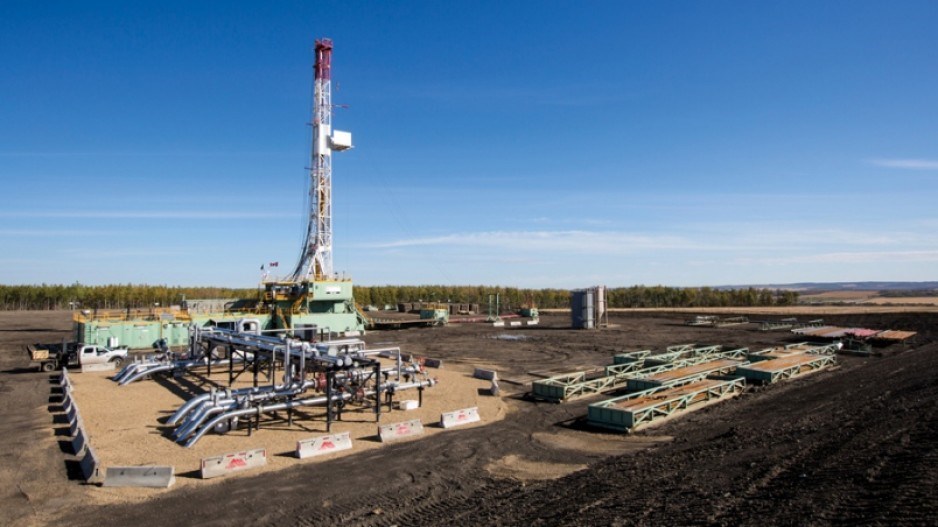Like Canadian oil, Canadian natural gas has lately sold at a deep discount to U.S. gas, partly owing to pipeline constraints.
Last week, the AECO spot price for western Canadian natural gas fell below US$1 per million British Thermal Units (MMBtu), compared to US$2.96 per MMBtu for Henry Hub gas prices.
That steep discount is a fairly recent phenomenon due to pipeline constraints. Longer term, though, gas prices have fallen dramatically all over North America over the past decade, thanks to the shale gas revolution.
That explains why B.C.’s natural gas royalties fell from $1.3 billion in 2008 to just $152 million in 2017. Alberta’s royalties have similarly dropped, from about $5 billion in 2008 to $520 million in 2017.
That’s why both Canada and the U.S. are in a race to export their gas to Asia in liquefied form. North American liquefied natural gas (LNG) projects can access natural gas relatively cheaply, and get a premium in Asia.
Should construction on the $40 billion LNG Canada project begin this year, it will require a significant number of new gas wells in northeastern B.C. a few years from now.
But that won’t necessarily translate into an immediate lift in natural gas prices, said Ian Archer, associate director of IHS Markit’s North American natural gas team.
In fact, it could temporarily depress prices even more. It’s the longer-term prospect of an LNG industry that holds the promise of eventually raising North American gas prices.
The first phase of the LNG Canada project would produce 12 million tonnes of LNG annually. That would require 1.8 billion cubic feet (bcf) of natural gas per day. Canadian producers currently produce about 16 bcf per day.
If the five companies in the LNG Canada project didn’t have their own gas supplies, the LNG Canada project would represent a fairly significant new market for western Canadian gas producers.
But four of the five players in the LNG Canada joint venture hold significant reservoirs of natural gas in B.C. and Alberta that are still largely untapped.
Petronas alone is said to have enough gas reserves to supply the new plant. Royal Dutch Shell also owns a significant amount of natural gas in the Montney and Horne River.
Mitsubishi has a joint partnership with Encana Corp. (TSX:ECA) in the Cutbank Ridge project. Korea Gas (Kogas) is the only partner that doesn’t have it own gas assets in Western Canada.
Since LNG partners have all the natural gas they need, they just need to start drilling for it.
Yet while the LNG Canada project would result in new drilling activity in Western Canada, it won’t necessarily translate into new markets for existing producers or price lifts.
“It’s been generally our view that there won’t be a dramatic uplift in price due solely to the LNG plant,” Archer said. “We tend to think it’s going to be more drill-to-fill, so any uplift will be fairly muted.
“What you might actually find is, paradoxically, the price … in Western Canada might fall a little bit before the LNG facility comes on because these producers will be proving this gas up … so that it will actually be increasing their supply before they bring the LNG facility on to ensure they have that gas.
“So the price might actually be depressed for a little while and then artificially jump up as LNG is connected.”
Longer term, the biggest benefit to the Canadian natural gas industry is that LNG Canada may pave the way for other LNG projects.
“I think a lot of the optimism behind this is that there is hope that if this facility gets built, then other facilities would follow, and that would be the opening of an era for western Canadian LNG,” Archer said.



